When traveling by plane, it’s natural to wonder whether you can bring a car seat base onboard. Under FAA regulations, any child restraint used in flight must be an approved child restraint system (CRS) and secured with the aircraft lap belt, per the manufacturer’s instructions. In practice, infant seats are typically used without their base on planes. Most bases are not approved for in-flight use unless the base itself bears the required aircraft-use label (uncommon). Always verify your specific model’s labels and manual, and check your airline’s policy in advance. (14 CFR 121.311 labeling, FAA “Flying with Children”).
Many airlines permit checking bases as luggage—often at no charge for families—though policies vary by carrier. Ensuring the car seat itself has an FAA approval sticker is essential. Understanding each airline’s rules will help you travel smoothly with your little one. (Examples: Delta: free check for car seats/strollers; American Airlines: 1 car seat + 1 stroller checked free).
Understanding Airline Policies for Car Seat Bases
Most airlines don’t allow the use of car seat bases on planes because the CRS must be installed directly using the aircraft lap belt. Lower-anchor systems like LATCH/ISOFIX aren’t used on airplanes; installation relies on the lap belt per the CRS instructions. (FAA child travel page.)
Car seat bases are generally not allowed for in-flight use unless the base itself is labeled for aircraft use; most aren’t.
Always check with the airline for specific regulations, as procedures and accommodations can vary by carrier and on international routes.
In many cases, airlines will allow the car seat base to be checked as luggage (often free on major U.S. carriers), but confirm this ahead of time to avoid airport hassles. (See Delta; American Airlines.)
Keep the installation instructions for your car seat handy to clarify the process if necessary. Knowing these details helps ensure a smooth experience and compliance with airline policies.
Preparing Documentation for Car Seat Transport

When traveling with a car seat or base, bring documentation to demonstrate compliance with FAA and airline rules.
- Confirm the FAA approval label on the item you plan to use onboard (look for: “This restraint is certified for use in motor vehicles and aircraft”).
- Save a copy (screenshot/PDF) of your airline’s car seat policy.
- Carry the car seat manual for installation guidance.
- Keep records of any communications with the airline about transporting the seat/base.
Required Travel Documents
| Document Type | Purpose |
|---|---|
| FAA Approval Label | Verifies suitability for in-flight use (labeling rule) |
| Airline Policies | Resolves disputes at check-in/boarding |
| Car Seat Manual | Provides installation instructions |
| Conversation Records | Confirms airline permissions/notes |
| Proof of Purchase | Helps with warranty/recall lookups (NHTSA) |
Proof of Car Seat Compliance
Start by confirming the item you will install on the aircraft seat (the infant seat itself, and any base if you plan to use it) is FAA-approved for aircraft use and clearly labeled. Keep the seat’s manual accessible; it contains critical installation instructions that airline personnel may ask to see. Because policies vary, review your airline’s specific rules beforehand to prevent misunderstandings.
Airline Policy Awareness
Most aircraft seats use a lap belt only (no LATCH/ISOFIX), so your CRS must be compatible with lap-belt installation. Confirm whether your base is labeled for aircraft use (rare); otherwise plan to use the infant seat without the base and check the base if needed at your destination. (FAA.)
| Aspect | Action | Importance |
|---|---|---|
| Regulations | Check airline’s website | Avoid delays/inconveniences |
| FAA Labeling | Verify and bring photos/docs | Resolve gate/boarding questions |
| Installation Instructions | Keep accessible | Demonstrate proper use if asked |
Complying With FAA Regulations

Use only a CRS labeled for aircraft use and install it with the aircraft lap belt per the manufacturer’s instructions. Bases that depend on LATCH/ISOFIX generally cannot be used in flight; only a base with the required aircraft-use label may be used (rare). (14 CFR 121.311; FAA guidance.)
Consider checking the base as luggage or gate-checking it if you need it at your destination—many U.S. airlines allow this free of charge. (See Delta; American Airlines.)
When you install your car seat on the plane, follow the instructions in the car seat’s manual. Using the infant seat without its base is the standard practice to ensure compliance. (FAA.)
Choosing the Appropriate Car Seat Base

If you intend to use a base onboard, it must be explicitly labeled for aircraft use and compatible with lap-belt installation (no LATCH required). Otherwise, plan to use the infant seat without the base and check the base. (FAA.)
Compatibility With Airline Guidelines
Verify the exact wording of the approval label (e.g., “This restraint is certified for use in motor vehicles and aircraft”). Many airlines allow checking the base or gate-checking, but always confirm their specific policies. If the base isn’t approved, you can still use the car seat itself, securing it with the standard lap belt.
Installation Without Base
Many infant seats are designed to be installed safely with a lap belt alone (no base), which simplifies air travel. Consider lightweight models that are easier to carry through the airport and install onboard.
- Compatibility: Confirm your seat’s lap-belt installation steps in the manual.
- Check Options: Decide whether to stow, gate-check, or check the base if you bring it.
- Travel Ease: Lightweight seats without bases are often the least hassle.
Installation and Security Measures Onboard

Focus on ensuring your car seat is FAA-approved and that you follow the installation instructions closely. Most airlines prefer the CRS at the window and never in an exit row. If a particular seat location doesn’t work, airlines must accommodate a properly labeled, appropriate CRS in another seat within the same cabin class when the child has a purchased ticket. (14 CFR 121.311.)
If you’re not using the CRS onboard and intend to stow it, then carry-on rules apply (size/weight limits and available overhead/under-seat space). Note that most economy seats are roughly 16–17 inches wide; a narrower CRS is more likely to fit.
Navigating Airport Security With a Car Seat Base
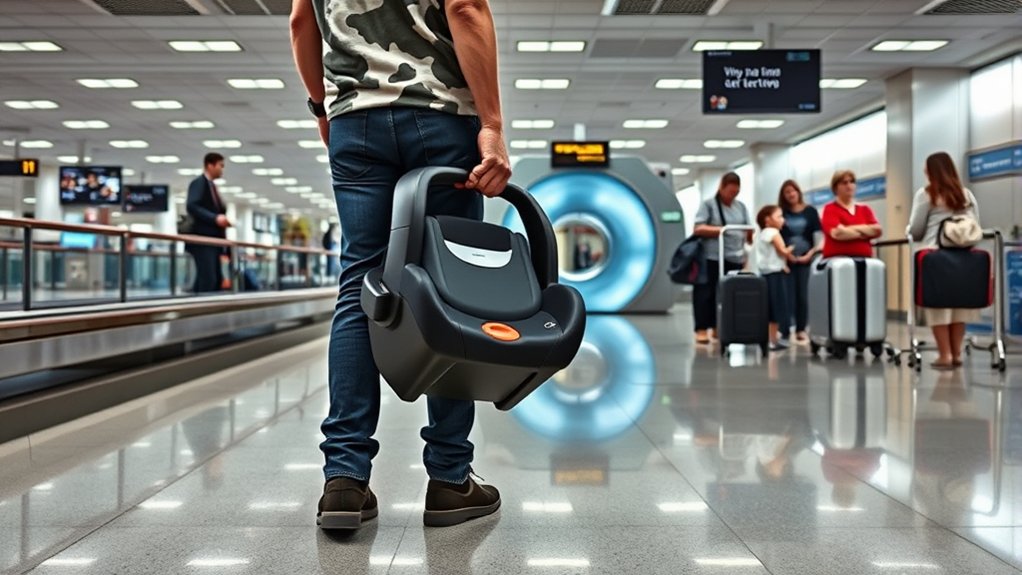
At TSA checkpoints, be prepared to place the seat and base separately on the belt for screening or have them inspected if oversized. Follow officer instructions. (TSA: Traveling with Children.)
- Padded travel bag: Protect the base if you’ll be checking it.
- Label visibility: Make the approval label easy to show.
- Manual handy: Quick reference if questions arise.
Alternative Options for Traveling Without a Car Seat Base

Many infant seats install securely using only the lap belt, making them ideal for flights. Confirm your seat is FAA-approved. For older children who meet weight/height limits, an FAA-approved CARES harness is an alternative (typically for 22–44 lb and up to about 40 in; confirm your airline’s acceptance). See FAA guidance for details. (FAA.)
| Option | Feature | Benefit |
|---|---|---|
| Standard Lap Belt | FAA-approved CRS installed with aircraft belt | Secure fit without base |
| Travel-friendly CRS | Lightweight, compact | Easier to carry/install |
| CARES Harness (if eligible) | FAA-approved alternative for certain ages/sizes | No base or seat to carry |
Frequently Asked Questions
Does a Car Seat Base Count as a Checked Bag?
Often no—many U.S. airlines allow a car seat and stroller to be checked free of charge. Always verify with your specific carrier. (Examples: Delta; American.)
Can You Bring a Car Seat on a Plane as a Carry-On?
If you plan to use the CRS in a purchased seat and it’s properly labeled and fits the aircraft seat/placement rules, U.S. airlines may not prohibit its use. If you’re not using it onboard and want to stow it, then standard carry-on size/weight limits apply. (FAA; 14 CFR 121.311.)
Is It Better to Gate-Check or Check a Car Seat?
Gate-checking often reduces handling and lets you use the seat up to the aircraft door. Many airlines allow free gate-check for car seats—confirm your carrier’s policy. (Examples: Delta; American.)
Do You Remove a Car Seat From the Base When Traveling?
Yes. For aircraft use, install the infant seat directly with the lap belt per the manual; do not use the base unless it is specifically labeled for aircraft use and your airline permits it. (FAA; 14 CFR 121.311.)
Conclusion
The safest place for a young child on a U.S. flight is in an approved CRS or FAA-approved device in their own seat. Most car seat bases aren’t approved for in-flight use, so plan to install the infant seat with the aircraft lap belt and, if needed, check or gate-check the base. Preparing labels, manuals, and airline policy screenshots ahead of time helps everything go smoothly. (FAA.)
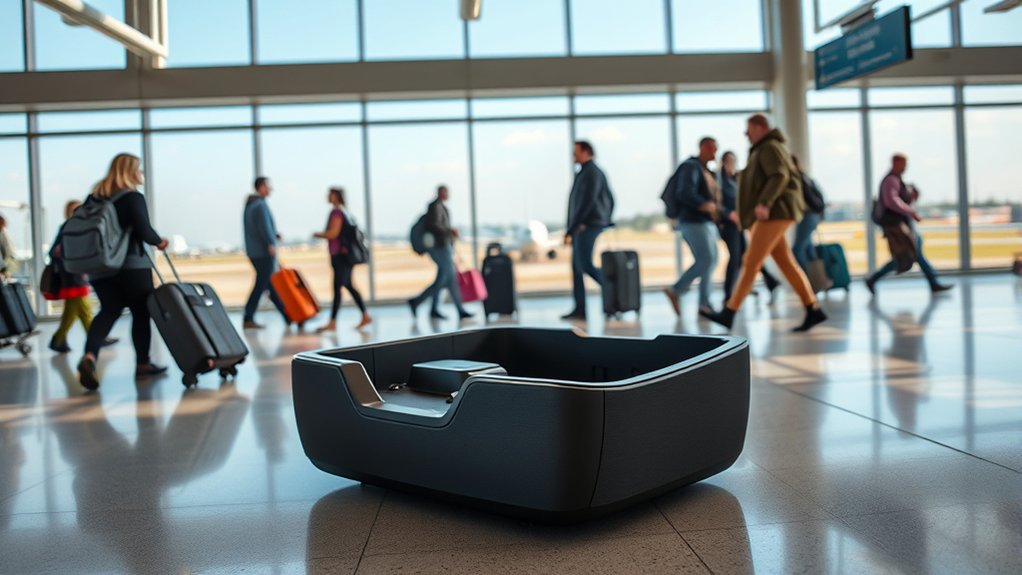
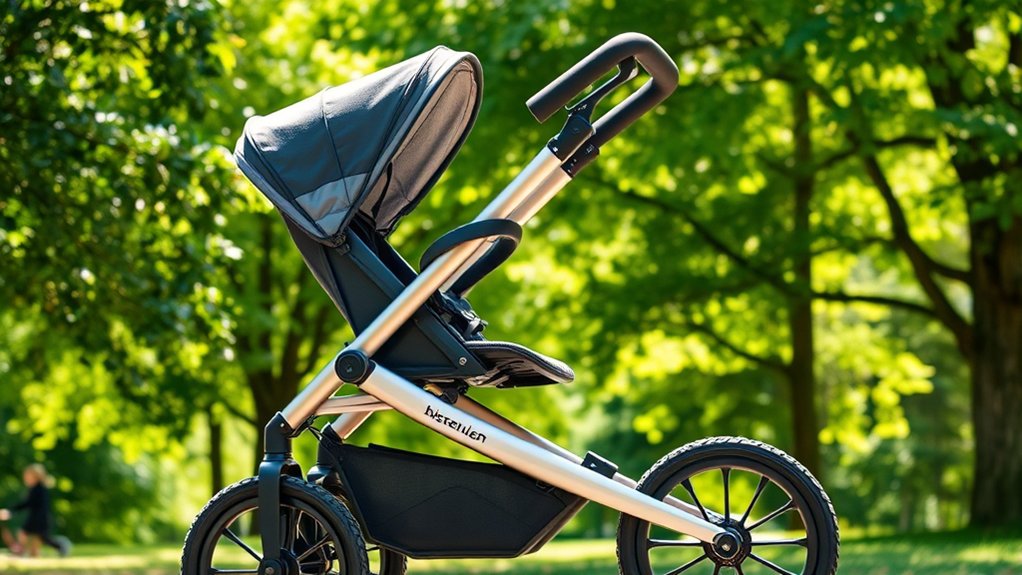
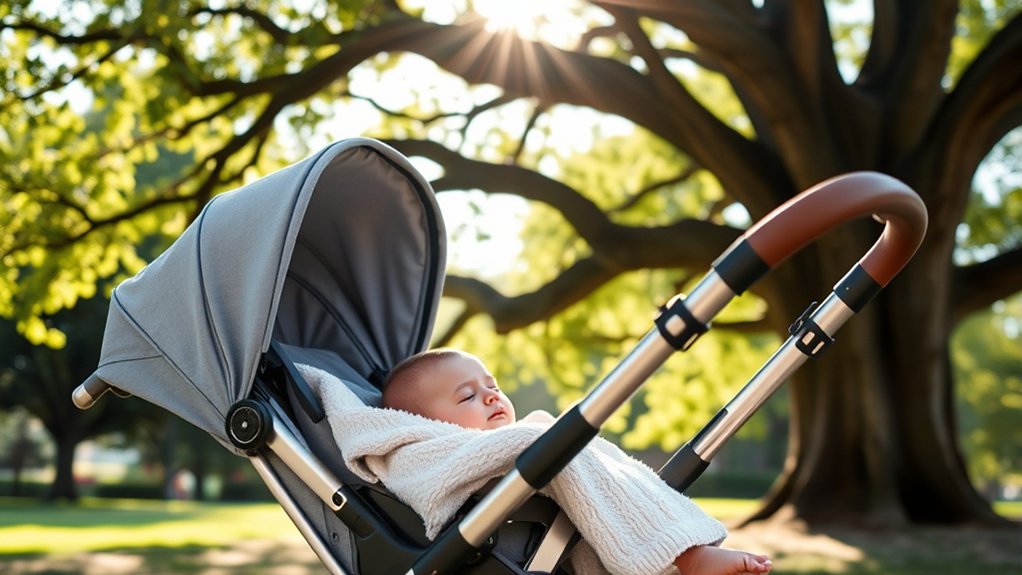
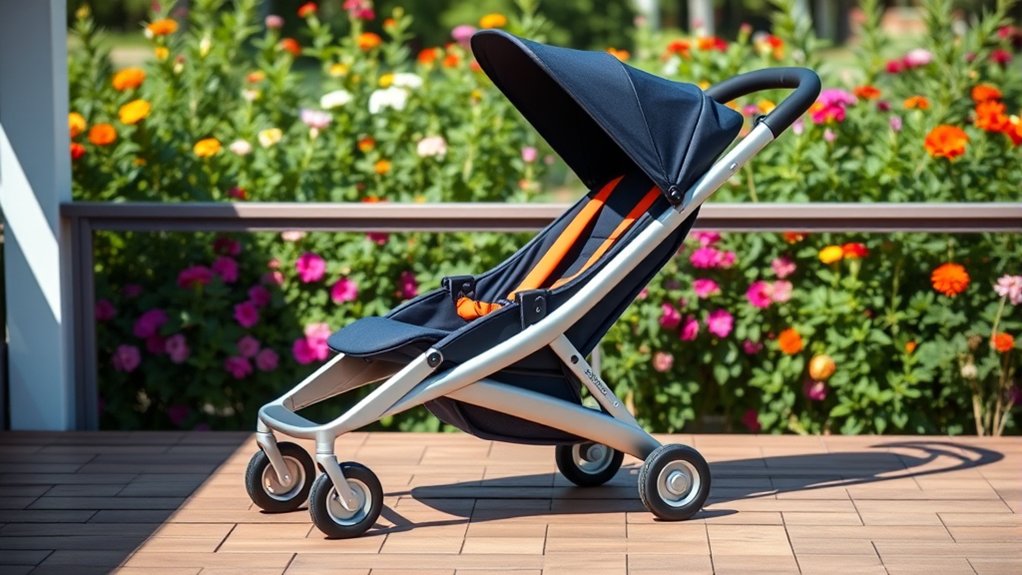
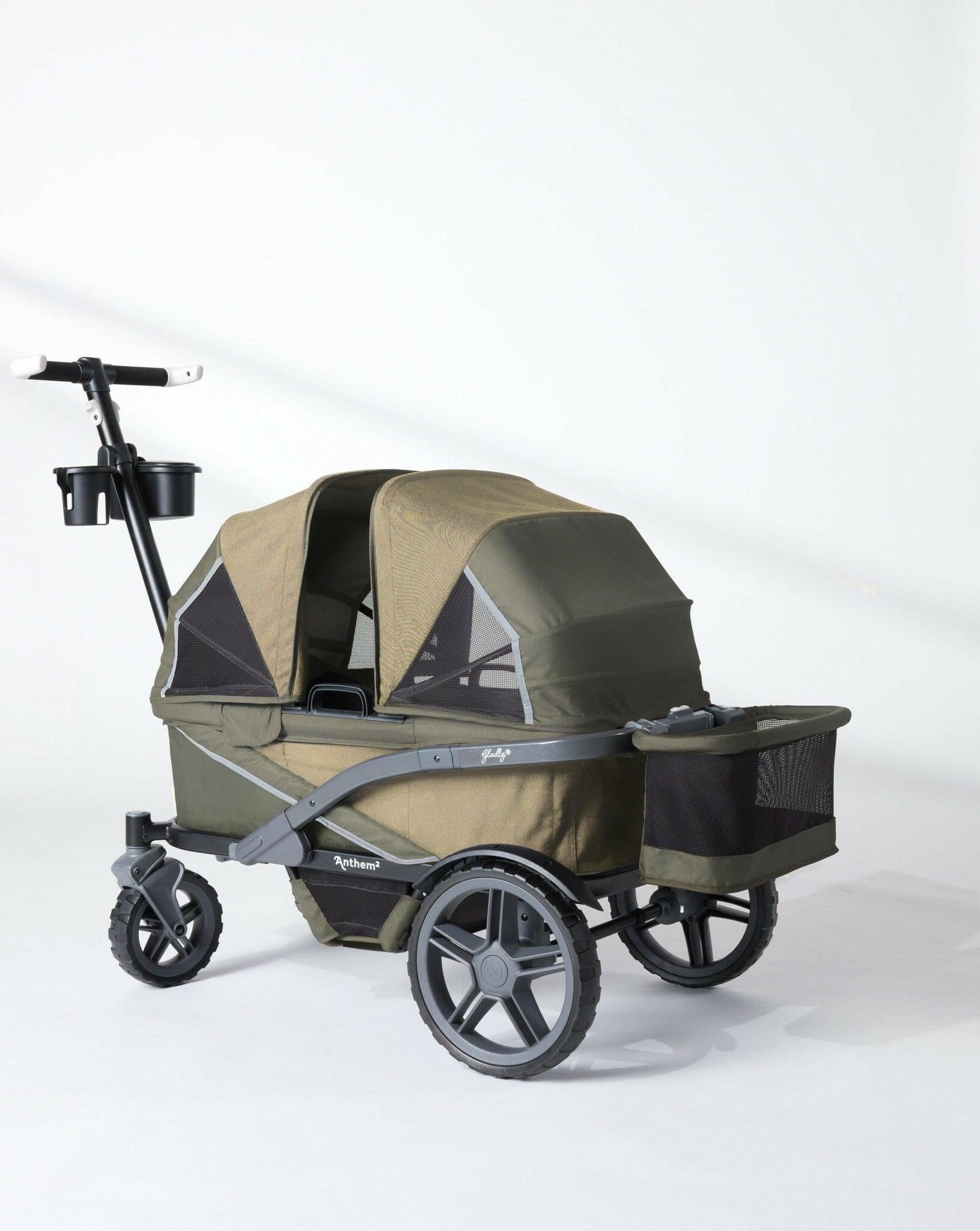
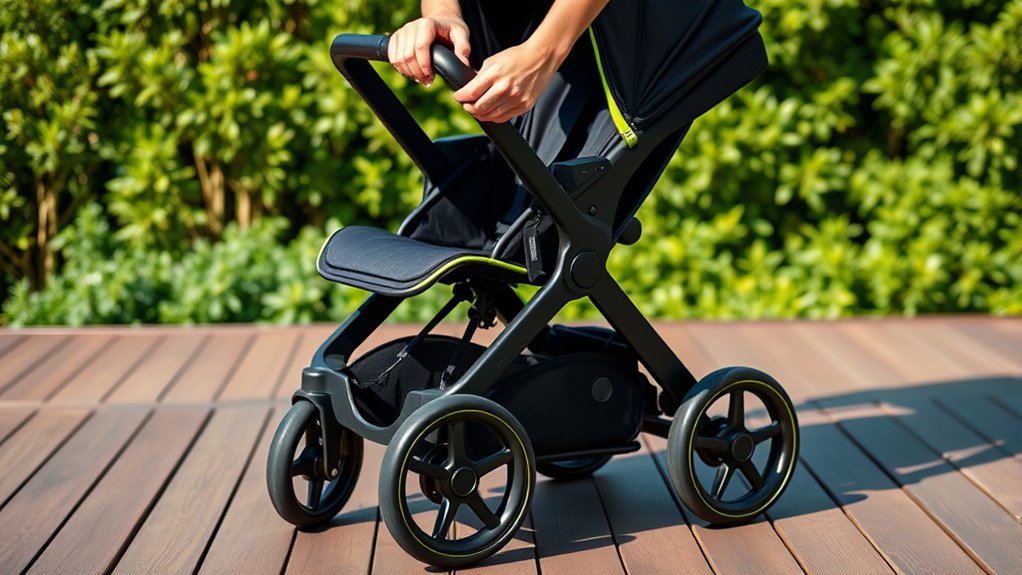
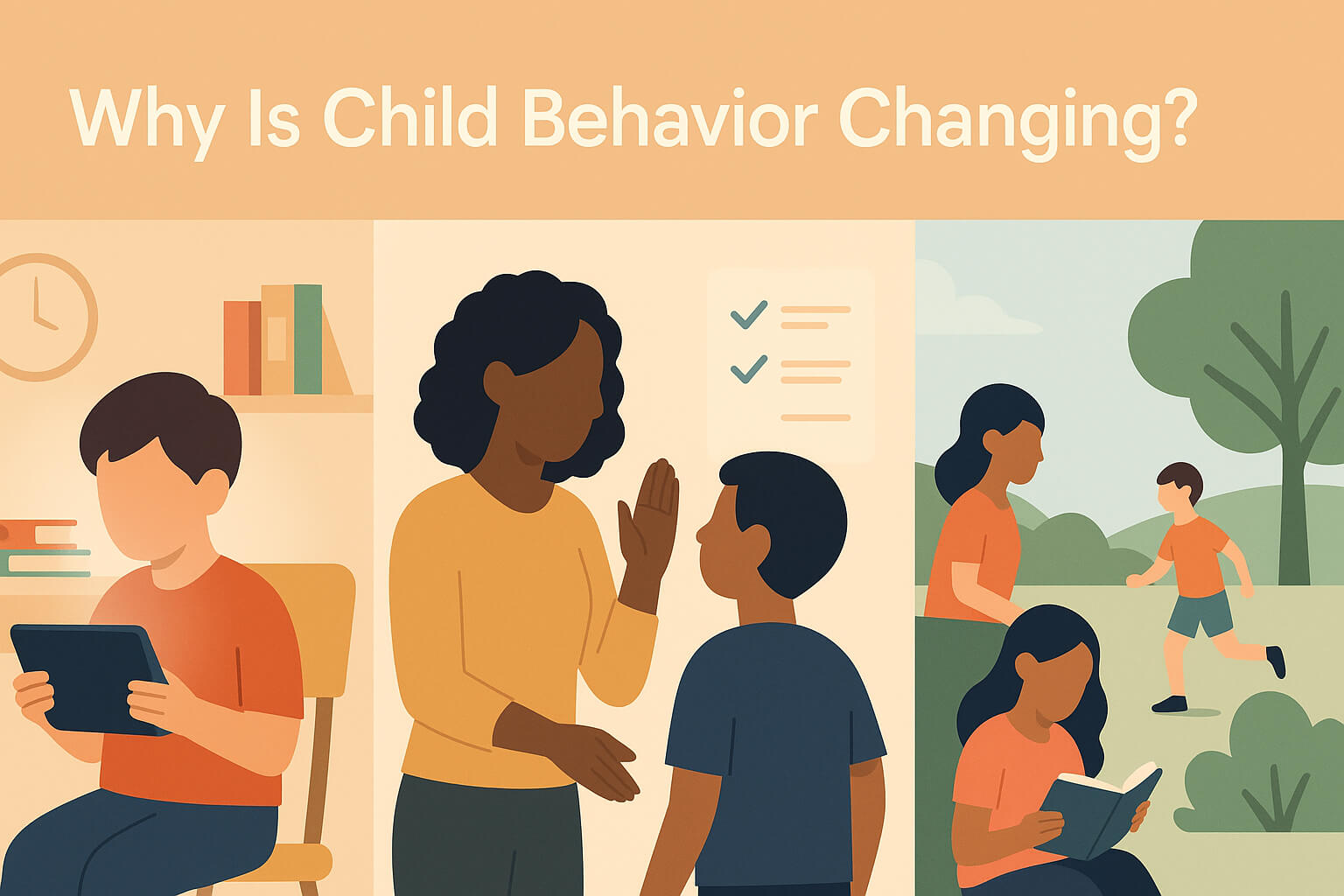


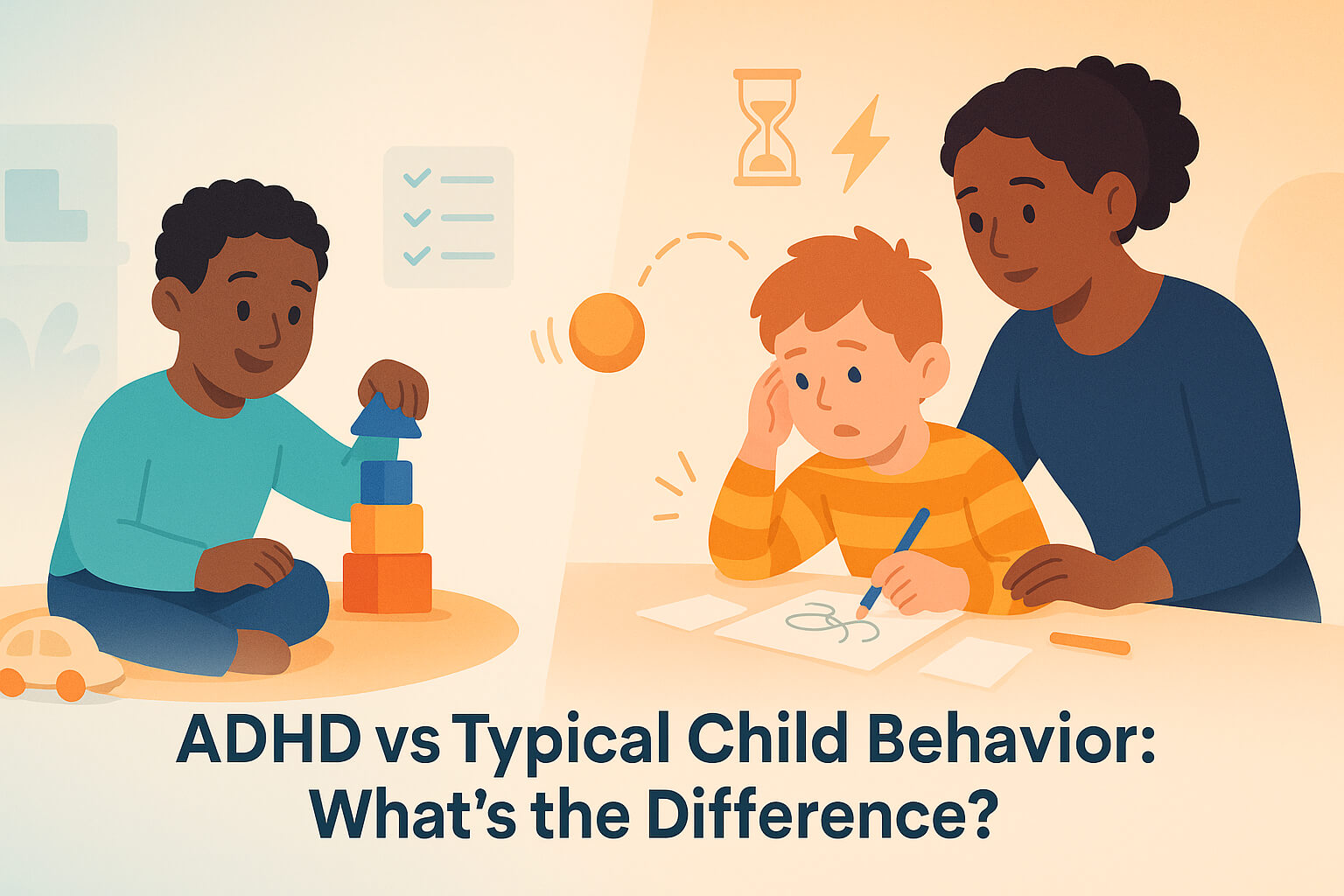

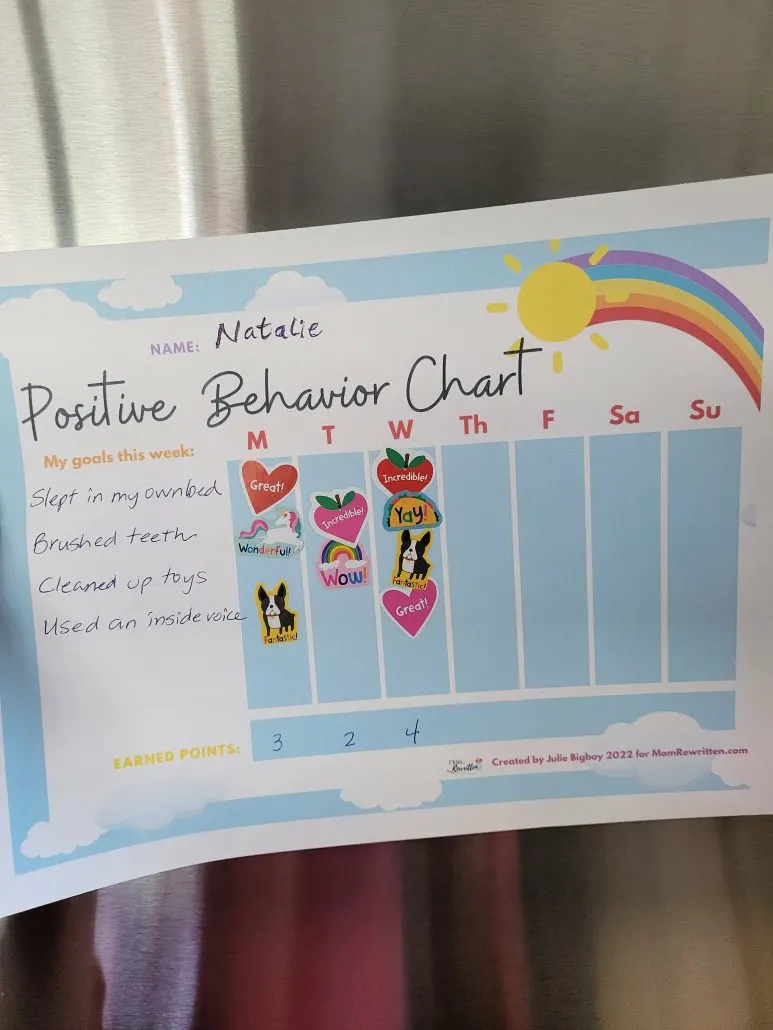
1 thought on “Can You Bring a Car Seat Base on a Plane? FAA & Airline Rules”